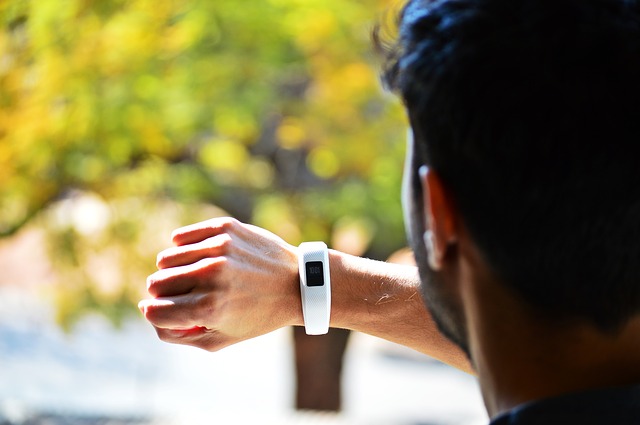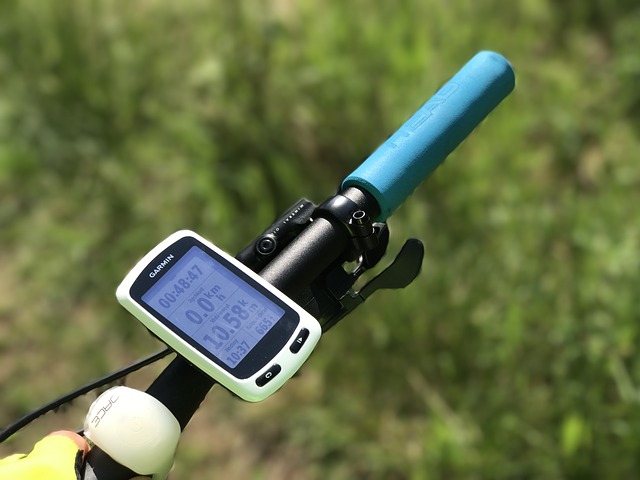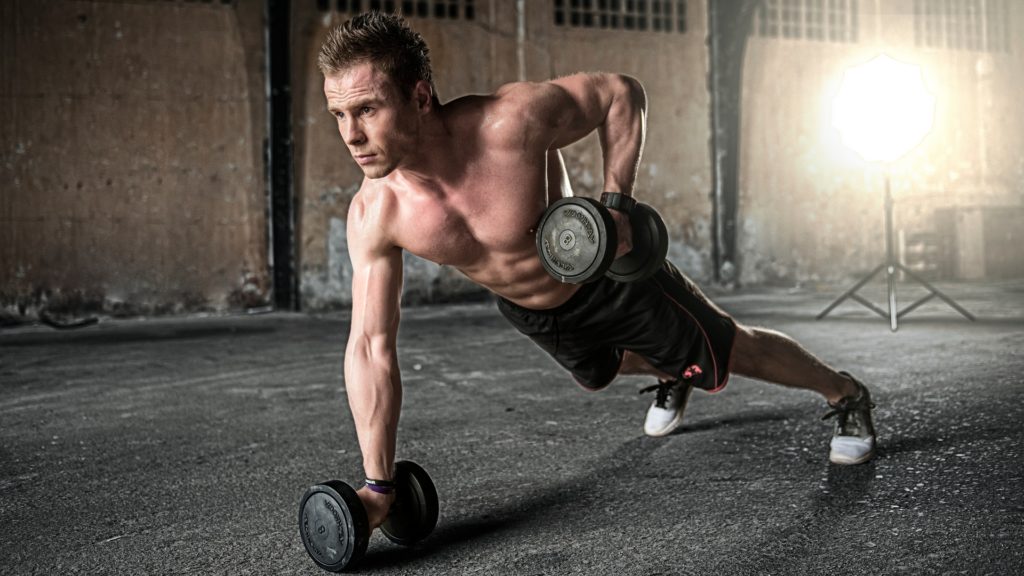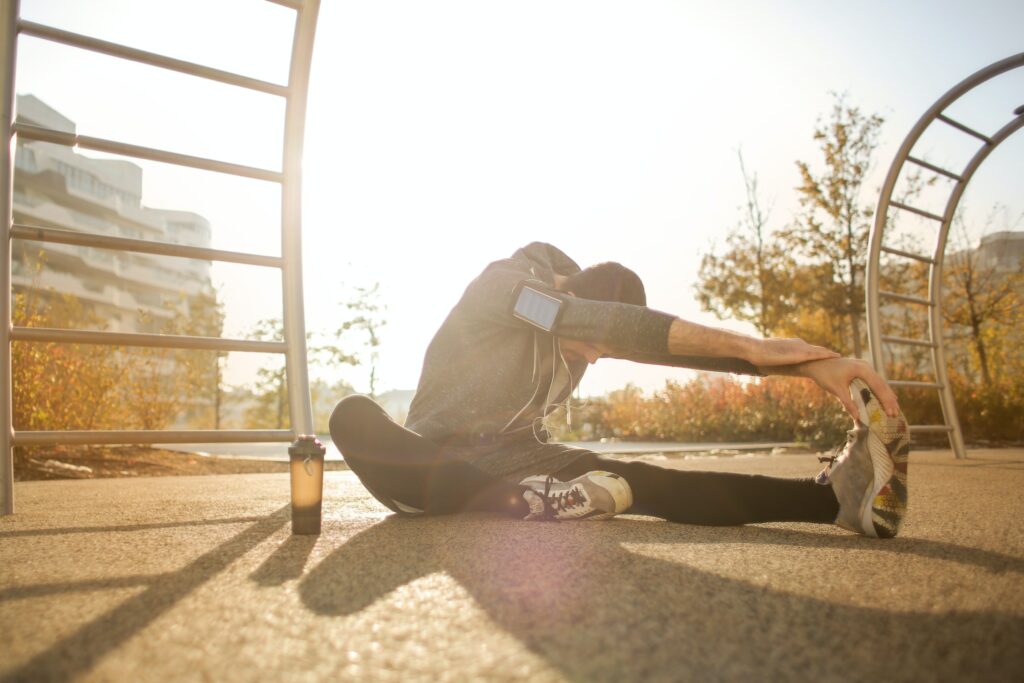Welcome to week 16 of Strength and Conditioning for Therapists! A quick reminder before we go on that there will be a short break in proceedings next week whilst I attend a conference in Prague. Fear not, the blog will return when I do – the following week. So that’s just one week’s break
This week we’re going to talk about something slightly different – wearables. You know, that Apple watch, Fitbit or Jawbone you wear on your wrist that tells you how far you’ve walked, how well you’ve slept etc. We’ve spent a couple of posts speaking about assessment of patent outcomes, the options and the need for a minimal leave of sensitivity, reliability and precision of the tools that we use to be of any use in the clinical decision-making process. Given the prolific use of wearables I thought it’d be interesting to ask an expert – just how good are they?
A while ago I spoke to my good friend Dr Alex Rowlands on this topic. Alex works at Leicester-Loughborough Diet, Lifestyle and Physical Activity Biomedical Research Unit based in Leicester hospital. He’s a World expert in the field of Physical Activity and has published prolifically and presented his work internationally. He very kindly agreed to answer this question for us. Enjoy his post!
What does a wearable do?
People watching advertisements for personal activity trackers, smartwatches and other personal monitoring devices could be forgiven for thinking that it is now straightforward to measure people’s sleep, sitting time and different types of physical activity with a high degree of accuracy using one body-worn monitor bought from Amazon or in the Apple shop and connected to an app on their smartphone. However, while many of these devices appear to do a pretty good job of tracking total activity and time spent active, identifying what people are doing remains a challenge.
Maybe this is a good thing. Do you really want your wrist-worn tracker (and the company who made your monitor) knowing how often you brush your teeth, the frequency (and quality!) of bursts of vigorous activity during the night… And even whether it is tea or wine that you are drinking? Yes, the movement pattern for drinking wine is rather different from that for drinking tea – wider arc of arm movement, perhaps more sway depending on the quantity consumed…
But maybe you do want it to know if you’re cycling; to compensate for the woefully low daily step counts recorded (disclaimer: spoken as a cycling commuter). And, more than once I’ve heard my girlfriend and some of her friends upset that their activity tracker has run out of battery and therefore the steps they have done are ‘wasted’. If it is not measured it is not real…
How accurate are wearables?
So how accurate are activity trackers? In 2015, we tested a number of devices (Fitbit One, Jawbone UP, Misfit shine, Nike Fuelband, Striiv Smart Pedometer and Withings Pulse) over a couple of days and looked at their accuracy at assessing the number of steps per day, sleep time, energy expenditure and time spent active1.

The good news is that most of the activity trackers, particularly the Fitbit One and Withings Pulse, which were both worn at the hip, were an accurate measure of how many steps were taken per day. The activity trackers also weren’t bad at assessing how long was spent sleeping, although they tended to overestimate sleep duration by 5-10%, with the most accurate tracker being the Fitbit One (overestimation of 15 min).
Interestingly the most expensive tracker, the Nike Fuelband, was also the most inaccurate at counting steps, undercounting by a whopping 2500 steps, or about 25%! However, estimates of energy expenditure and active time were less accurate. Perhaps we don’t need to worry too much about our trackers spying on us just yet…
But this market moves fast with activity trackers being developed and upgraded all the time. The best trackers in our 2015 study were worn at the hip, whereas many of the latest activity trackers are wrist-worn; we are currently testing how accurate these trackers are over a couple of days of normal life. Watch this space to see how the expensive Apple Watch compares to the Fitbit Flex, the Garmin Vivo, the Polar Loop, the Jawbone Up and a bargain tracker costing less then fifteen quid.

And I needn’t lose hope about capturing my cycling. With information on hand position2 and vibration from the road surface, identification of cycling shouldn’t prove too difficult. On the other hand, this also opens the door to identification of those other activities…
COMING VERY SOON…..!
Please click below if you’d like to be notified directly about the DOWNLOAD that covers how to tailor your resistance training with patients to achieve specific goals and of the WEBINAR for a more in-depth look at this topic please pop your name and email below and I’ll send you notification straight into your inbox.
References
1Ferguson, T., Rowlands, A.V., Olds, T.S., Maher, C. (2015). The validity of consumer-level, activity monitors in free-living conditions. International Journal of Behavioural Nutrition and Physical Activity. 12, 42. doi:10.1186/s12966-015-0201-9
2Rowlands, A.V., Olds, T.S., Hillsdon, M., Pulsford, R., Hurst, T.L., Eston, R.G., Gomersall, S.R., Johnston, K., Langford, J. (2014). Assessing sedentary behaviour with the GENEActiv: Introducing the Sedentary Sphere. Medicine and Science in Sports and Exercise, 46, 1235-1247.


